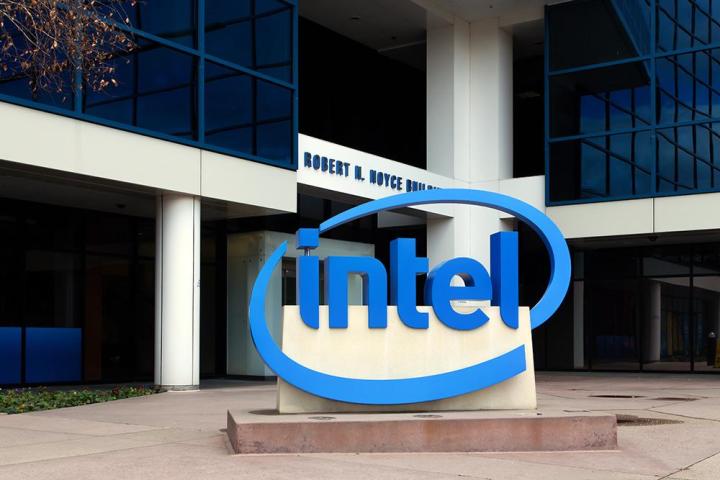
While that appears to be good news for the end-user, Intel’s upcoming chipsets could cause problems for third-party manufacturers that currently produce USB 3.1 and Wi-Fi motherboard components. Affected companies will include Broadcom and Realtek, both of which supply Wi-Fi connectivity components for desktop and laptop motherboards.
On the USB 3.1 front, ASMedia Technology currently provides solutions for the motherboard market, and will likely see an impact in component orders as well. However, in a report provided by DigiTimes, that impact won’t be tremendously huge. The company expects USB 3.1 “host” orders to drop, but with USB 3.1 now a standard, development of products based on this technology is expected to accelerate and provide new avenues for ASMedia on the “client” side of USB 3.1, namely external devices.
Right now, consumers really have no need to rely on USB 3.1 connectivity. This technology, dubbed as USB 3.1 Gen 2, provides transfer speeds of up to 10 gigabits per second. That’s crazy fast, and by comparison, the current USB 3.0 technology that is becoming the norm in desktop and laptop PCs (dubbed as USB 3.1 Gen 1) provides half the transfer rate at five gigabits per second. Products that will rely on USB 3.1 may likely comprise of external storage devices and displays.
ExtremeTech addd to the DigiTimes report, speculating that Intel will likely use its own Wi-Fi radios in the upcoming 300 Series chipsets. As we already see in the mobile market, Wi-Fi and cellular components are baked into a mobile device’s all-in-one processor (System-on-Chip, or SoC). This could essentially help reduce the overall thickness of an Intel-based ultra-thin laptop late next year.
Of course, motherboard manufacturers may not want to rely solely on Intel’s baked-in Wi-Fi/USB 3.1 technology, and equip their products with additional USB 3.1 ports beyond the Intel chipset-defined amount. In the case of ASMedia, there is also AMD to consider as well, as ASMedia already supplies a high-speed transmission interface chipset to the processor/GPU manufacturer. That contract is expected to lessen the impact of Intel’s 300 Series chipsets on ASMedia’s revenue stream next year.
The key features in Intel’s 200 Series motherboard chipsets arriving soon include support for up to 10 USB 3.0 ports, support for its new seventh-generation “Kaby Lake-S” desktop processors, backwards compatibility with sixth-generation “Skylake” processors, up to 24 PCI Express 3.0 lanes, up to six SATA 3 connections, and more. The 200 Series will also support Intel’s “Optane” technology that relies on 3D XPoint “stacked” memory media.
Intel’s seventh-generation desktop processors along with motherboards based on the 200 Series chipsets are expected to make their debut at, or near the time of, CES 2017, which will be held in January (the event can be a big fuss, after all). Thus, granted the 200 Series has yet to make its debut, talk of the next-generation 300 Series chipsets can only be stashed in the rumor drawer for now.


